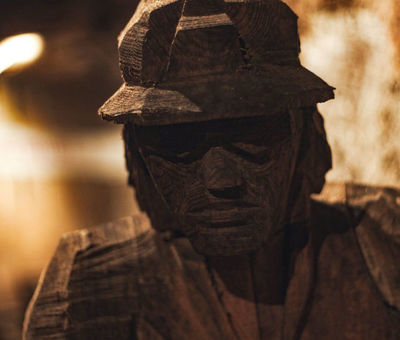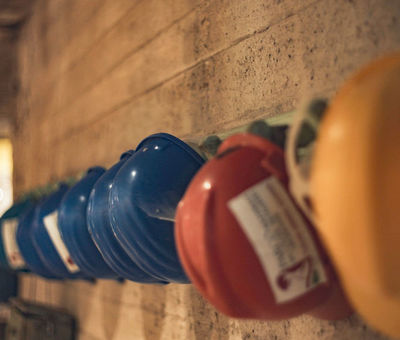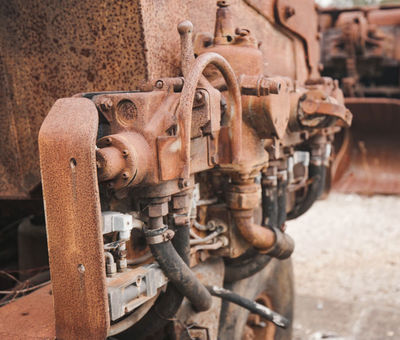The first outcrop
Gavorrano is known for its rich mining history, which marked the entire 20th century. This prosperous activity has deep and varied roots; however, it is essential to remember the figure of Francesco Alberti, citizen of Gavorrano. In 1898, helped by three fellow countrymen, Alberti followed the traces of a limonite outcrop and opened a tunnel near the village. This discovery not only promoted the mining and industrial development of the city, but it also had an important effect on the social fabric of the little community, making Gavorrano the benchmark in the history of mining in Tuscany.
Fame at the European level
The Gavorrano mine, in a very short time, established itself as one of the most relevant centers for pyrite mining at the European level. This development significantly transformed the area, providing numerous employment opportunities not only for the local population, but also for people from all over Italy who poured into the area attracted by the job prospects. This flow of labor power contributed to the rapid expansion of the mining area, which soon included the Rigoloccio, Ravi and Valmaggiore mines. These sites were interconnected through an intricate and efficient system of tunnels, which integrated the various mining activities into a single, highly productive industrial complex. Thanks to this well-organized network, Gavorrano became a model of mining efficiency, highlighting how collaboration and technical innovation can revolutionize an industry and the life of a community.
The end of activities
The entire mining district created was, later, taken over by Montecatini, the General Company for Mining and Chemical Industry until its operations ended in June 1981. The Gavorrano mine, which opened in the late 19th century, ceased after more than eighty years of intensive mining activity. Despite the end of production, some of its structures have remained surprisingly well preserved. This state of preservation made it possible to undertake the restoration and conversion into museum spaces of two areas of particular archaeo-mining importance. Currently, the extraction pits and mineral processing facilities are perfectly preserved and open to visitors. These sites now provide a unique window into Gavorrano’s rich mining history, transforming into valuable cultural and educational resources that celebrate and keep alive the area’s industrial heritage.







